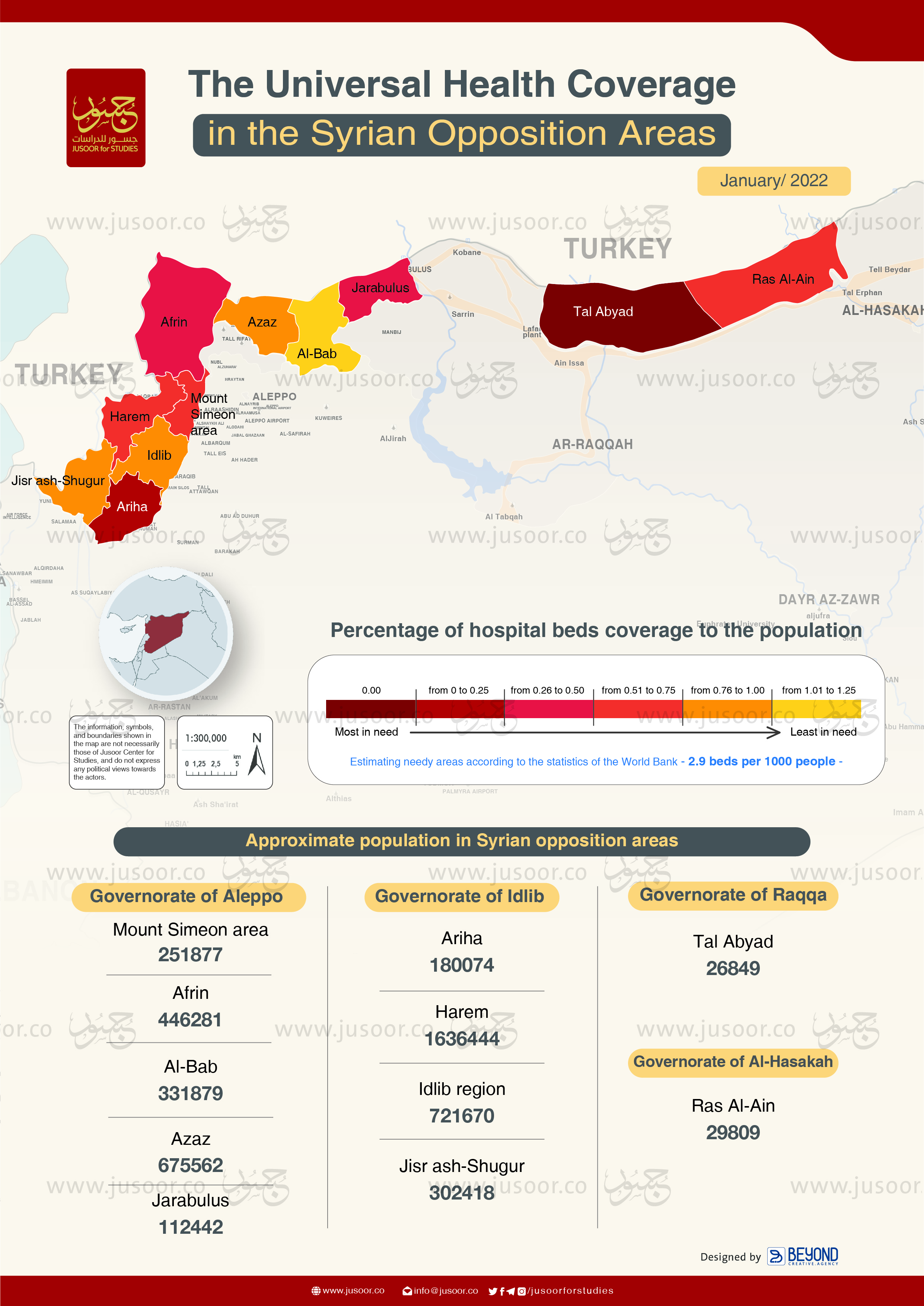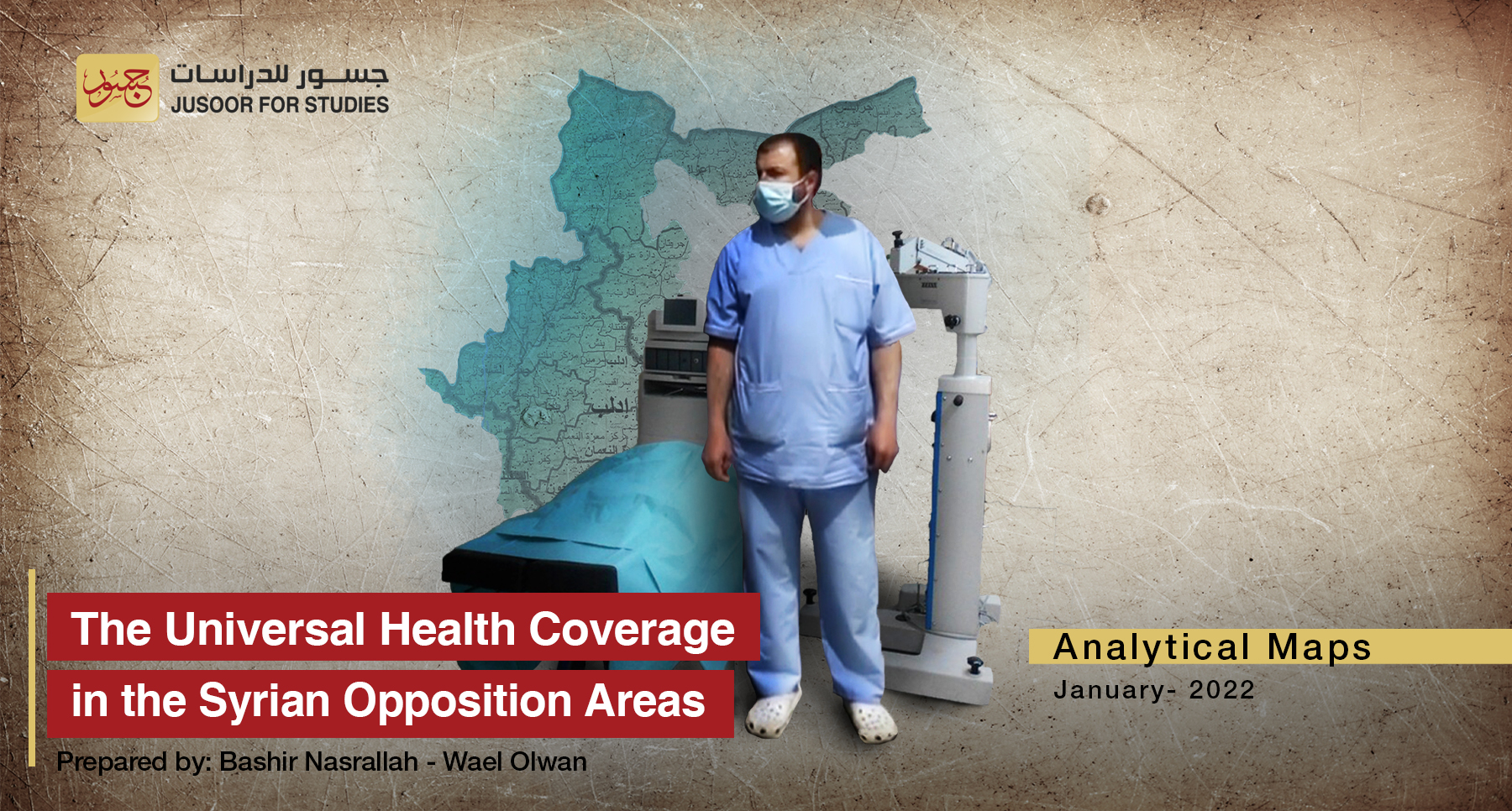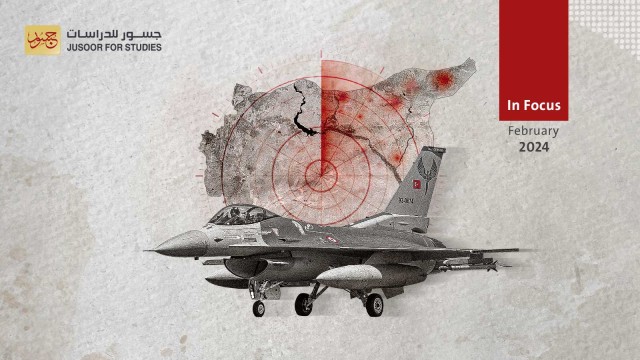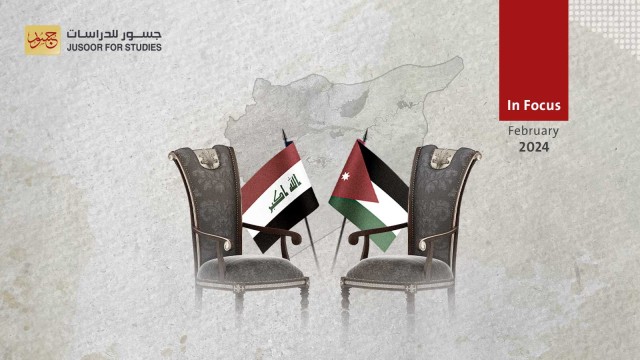The Universal Health Coverage in the Syrian Opposition Areas
The Universal Health Coverage in the Syrian Opposition Areas
Prepared by: Bashir Nasrallah, Wael Olwan
By 2022, the region of Idlib ,northwest of Syria, witnessed the interruption of support for 18 medical facilities that provide healthcare services to more than 1.5 million people, threatening to expose the healthcare sector to more pressure in light of the weakness it already suffers from.
In this regard, Jusoor Center for Studies publishes analytical maps on the areas that are covered by the public health sector within the Syrian opposition's region, in light of what it suffers from poor infrastructure, services and cadres compared to the number of the local population.
In fact, the map of the "The Universal Health Coverage in the Syrian Opposition Areas" is an attempt to count the shortage of the basic components of this sector; Where the number of beds in public hospitals within the regions of Idlib, northern Aleppo, northern Raqqa and al-Hasakah is approximately 3,400 within an area inhabited by 4.4 million people. Accordingly, the approximate average coverage does not reach one bed per thousand people, while the average number of beds coverage statistics for the world population according to the latest statistics by the World Bank had 2.9 beds per thousand people; This means that there is a severe shortage of healthcare facilities.
As a criterion for this, the general map shows the degree of moderate, severe and very severe needs in the various opposition areas, then the detailed maps within the study show the number of hospitals in each area and the number of doctors within them, in addition to the number of beds. The number of operating rooms and the intensive care units (ICUs) are illustrated at each governorate as well.
In view of the second factor that international statistics usually adopt, the data in the maps indicate a blatant shortage of doctors, whose number is estimated at only 1,200 in all opposition areas, a very small number in relation to the population density in the region.









